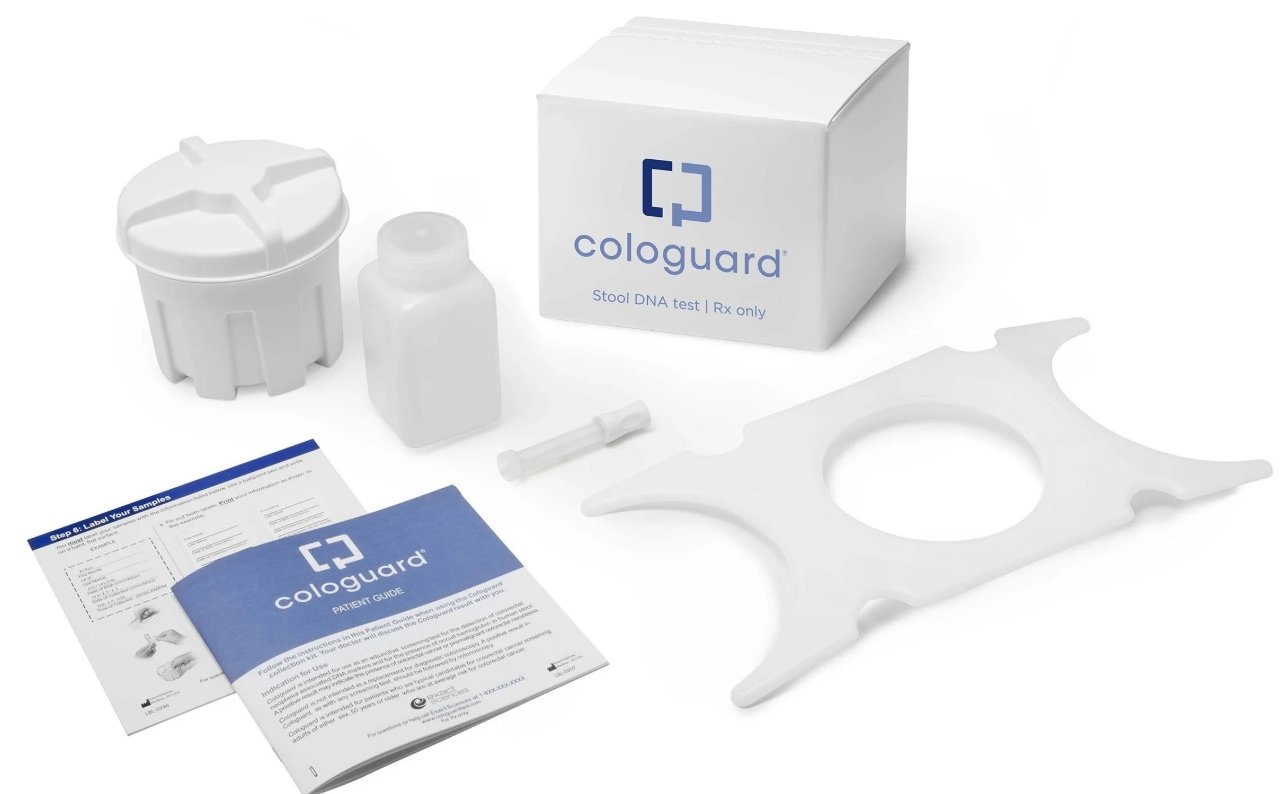
Photo credit: Biospectrum Bureau
Taiwan's Healthcare is ranked in the Top 10 for its most efficient health care system and capabilities in the world. Taiwan's healthcare model imbibes 6 main strengths; high quality, affordability, technology and innovation, patient-oriented services, comprehensive specialities and services of leading physicians.
The CEOWORLD magazine, "Health care index-2019", which ranks 89 countries globally based on overall healthcare contribution, has ranked Taiwan as a pioneer in the healthcare system. The survey statistics grades Taiwan’s excellence in Healthcare index (78.72), Infrastructure (87.16), professionals (14.23), cost (83.59), availability (82.3) and government readiness (87.89). The three other Asian nations among the top 10 were South Korea (2nd place), Japan (3rd place) and Thailand (6th place), much ahead of western countries health care factors. “The global competitiveness reports 2019” by World economic forum indicates that Taiwan ranks in 12th among 141 countries, 1st in macroeconomic stability and 4th in innovation capability. HSBC ex-pat explorer-2014 also recognised Taiwanese healthcare as one of the world's best in terms of affordability and quality healthcare.
The health insurance system in Taiwan
Taiwan's national health insurance system is ranked as the world’s 14th renowned health insurance system by Global Access to Healthcare Index in 2017 and ranked 9th in the 2018 Health Care Efficiency Index. The health insurance system in Taiwan is administered by the Bureau of National Health Insurance. The social insurance scheme aims to cover the entire Taiwanese population for hospitalization, outpatient care, dental care, pregnancy and traditional Chinese medicine. The National Health Insurance (NHI) is a universal health coverage scheme that provides comprehensive health insurance to Taiwan’s 23.4million citizens and foreign residents. The government manages fees for medical service and supply while keeping administrative costs low. In 2017, Taiwan spent a mere 6.2 percent of the country’s gross domestic product (GDP) on health care, compared to 16 percent in the United States. From 2016 to 2017 alone, NHI Administration hosted 700 foreign visitors – health experts, scholars and government officials from 54 countries who came to learn about NHI. With over 92 percent of clinics and hospitals contracted to NHI, patients have a wide choice of doctors or hospitals to choose from. Each NHI user holds a ‘smart card’ that contains the user’s medical data. A swipe of the card gives your doctor instant access to real-time medical records.
ICT influence on Taiwan Healthcare Industry
Taiwan ranked 3rd in the newcomer markets and is known for its world-class quality of medicine and talent. The key drivers of Taiwan Health Industry are advanced medical care, best healthcare system, big data, high-quality clinical trials and R&D capabilities, ITC supply chain, manufacturing, AI and 5G R&D in national level.
Strong growth in the Health Industry in Taiwan is driven by the ICT sector. The sector generated US$420 billion with annual revenue of 2.85% which is allocated for R&D activities. Dr Pan-Chyr Yang, Vice-chairperson, Institute of Biotechnology and Medicine Industry (IBMI) presented key factors of Taiwan’s healthcare industry at the 2019 Health care+ Expo inaugural ceremony. Dr Pan-Chyr Yang says, “With merely 1% of the ICT gain reinvested in healthcare the R&D investment would reach US$4.2billion a year”.
The OECD countries project Global healthcare spending to reach US$8.7 Trillion in 2020. With this Taiwan, ICT giants are setting foot in healthcare with their advanced technologies to be a game-changer in the healthcare industry.
Taiwan’s contribution to next-generation sequencing is also greater. An analysis report by national human genome research institute indicates that the NGS supply chain in Taiwan contributes 20-25% Semiconductor and more than 20% sequencing chips to the world.
Enterprise and product development sectors are into following sector development;
Mobile healthcare: Tele-healthcare, IoT equipment& solutions, wearable devices, health management systems, medical bioinformatics security
Medical equipment: X-ray/ ultrasound, Micro CT, rehabilitation, surgery assistive robotics, capsule endoscopy, Hemodializer clinical pathology analyser, molecular diagnosis, Physiological monitor
Smart hospital solution: Smart ward and operating rooms, 3D surgical navigation & VR training, AI medical solutions, mobile nursing system, HER, EPR &EMR streaming, medical monitors
Gene and cell therapy: Micro/portable sequencer, Thermal control system, gene/protein chips, enrichment & recognition for CTC, incubation/isolation system for advanced cell therapy
Biomedical essential components: AI chip, GPU & AI accelerator, multi zoom lenses & medical optics, RF & wireless chips, physiological sensors, high image resolution elements, radiology organic semiconductors
Taiwan’s International health services
Taiwan’s International Cooperation and Development Fund brought together medical institutions in 2006 to form the International Healthcare Cooperation Strategic Alliance. The Alliance aims to contribute to multilateral medical cooperation by enhancing collaboration between international medical organizations, promoting the internationalization of the domestic pharmaceutical manufacturing industry, and seeking participation in the World Health Organization.
Medical Education
Each year Taiwan hospital also trains a huge number of interns, including medical students, nurses, pharmacists, medical engineers, foreign researchers, visiting scholars, and fellows. Taiwan’s renowned CGMH offers a wide variety of carefully designed internship programs to supplement medical students with hands-on, clinically-focused training in twelve diverse categories as well as various managerial, informational and administrative training. Since 2001 until now, CGMH has also received and trained a total of 1,680 foreign researchers, visiting scholars and fellows coming from as far as North, South, and Central America, Europe, Africa, the Middle-East, and Asia.
Also Refer,




